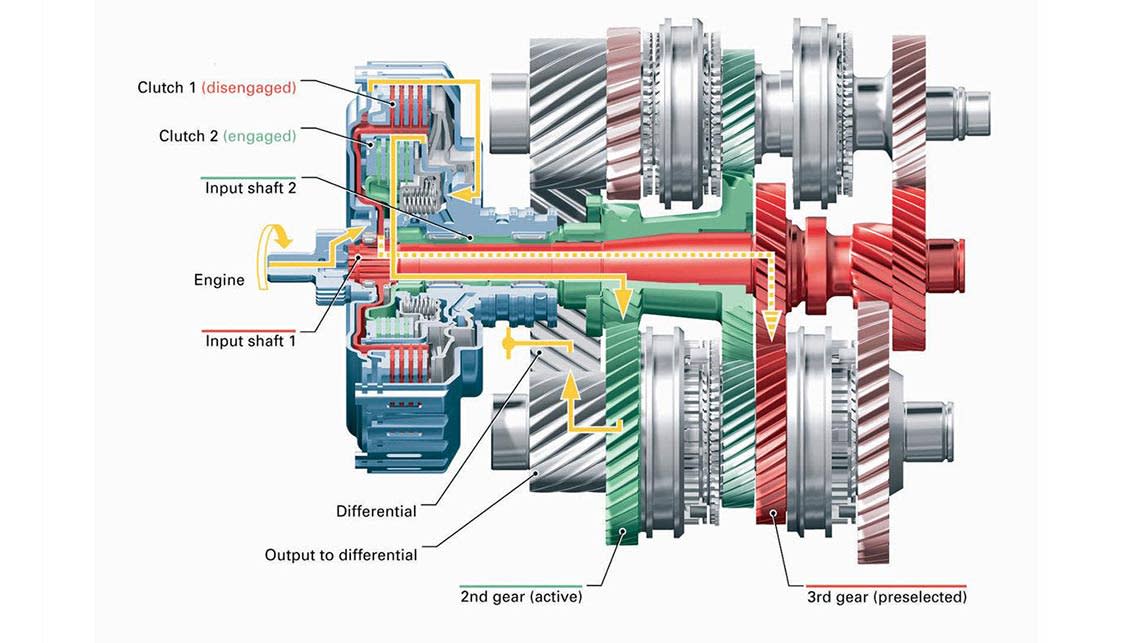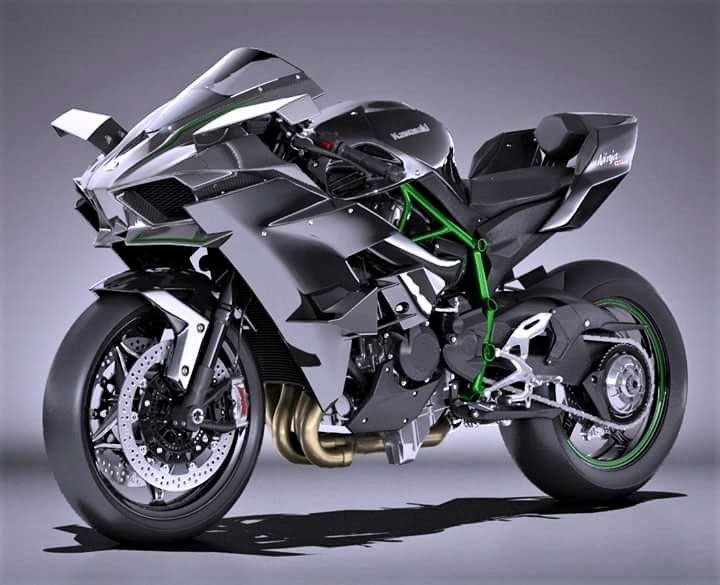
Google uses cookies and data to:
DSG is the Volkswagen marketing acronym for their family of dual-clutch transmissions or DCT. DSG stands for 'Direkt-Schalt-Getriebe,' or direct-shift gearbox. The VW DSG transmission is similar to all other common DCT designs in that it is effectively two separate. The lawsuit alleges that certain Ford Focus and Fiesta vehicles are equipped with a defective PowerShift Dual-Clutch Automatic (DPS6) Transmission (“PowerShift Transmission”) that may slip, buck, kick, or jerk, and result in sudden or delayed vehicle acceleration. Dual-clutch automatics. These are dual-clutch transmissions. 2008-present 6DCT150 Ford Powershift 6-speed wet clutch. Ford Fiesta; 2008–present 6DCT250 Ford Powershift (DPS6) 6-speed dry clutch. Ford EcoSport, Ford Fiesta, Ford Focus. The 2012-2016 DPS6 Powershift transmission was used in the 2012-2016 Ford Focus and 2011-2016 Ford Fiesta.

- Deliver and maintain services, like tracking outages and protecting against spam, fraud, and abuse
- Measure audience engagement and site statistics to understand how our services are used
Dual Transmission 4x4
The all-new 2020 Chevrolet Corvette will be available with one transmission, the Tremec 8-speed TR 9080 dual-clutch automatic. (GM) Inside Tremec’s Corvette dual-clutch transmission. 2020-01-23 Don Sherman To polish the 2020 mid-engine Corvette’s driving prowess, GM and Tremec engineers joined forces to create a new and better transaxle. Dual clutch transmissions, or DCTs, have become a popular transmission option for vehicle designers as they combine the gear efficiency of a manual, with the.
- Improve the quality of our services and develop new ones
- Deliver and measure the effectiveness of ads
- Show personalized content, depending on your settings
- Show personalized or generic ads, depending on your settings, on Google and across the web
Click “Customize” to review options, including controls to reject the use of cookies for personalization and information about browser-level controls to reject some or all cookies for other uses. You can also visit g.co/privacytools anytime.
Explaining Corvette’s move to one transmission for all buyers, global chief engineer Tadge Juechter notes, “Our customers began requesting a dual-clutch automatic transmission [DCT] several years ago. Following the introduction of the C7 Corvette in 2014, our take-rate for sticks [manual gearboxes] fell from 50 percent to less than 20 percent this year.” Searching the globe – read Europe – for a suitable DCT, Juechter’s team found none with sufficient torque capacity to survive behind the lively LT2 6.2-L V8 planned for the all-new 2020 mid-engine edition of GM’s reimagined sports car.

To solve that dilemma, discussions began with Tremec, the Mexico City-based manufacturer which has supplied GM, Ford and FCA with manual transmissions for two decades. While Tremec had the expertise to make the mechanical components packed inside a dual-clutch box, the automated half of the equation – mechatronic actuators to engage the clutches and shift the gears – was beyond their ken. Tremec filled that need in 2012 by purchasing Hoerbiger Drivetrain Mechatronics, a Belgium-based supplier of electronic dual-clutch actuators with a customer list including AMG-Mercedes, Ferrari and McLaren.
Invented by Citroen in the 1930s and patented by Imre Szodfridt in 1969, DCTs consist of a mix of manual and automatic transmission components and attributes. Celebrating the DCT’s claim to fame, Corvette chief engineer Ed Piatek notes, “They change gears quicker than any human can shift a manual transmission.”
Like conventional automatics, DCTs upshift without interrupting the flow of torque to the drive wheels. Like manual transmissions, they employ clutches and helical gears versus a torque converter whirling planetary gears. Porsche especially has enjoyed great success with what it calls PDK (Porsche DoppelKupplungsgetriebe), the most popular transmission type across its lineup. Understandably, GM and Tremec engineers used PDK as their key performance target.
Packaging triumph
Tremec owner Grupo Kuo announced its investment in DCT technology in 2016. The new TR-9080 family is aimed at high performance rear-drive applications. The first mLSD and eLSD (mechanical and electronic limited-slip) versions are capable of handling 590 lb-ft (800 Nm) input torque at up to 7,500 rpm. Higher performance and efficiency versions are in development.
A look inside the Corvette’s TR 9080 reveals the densest package of shafts, gears, actuators and electro-hydraulic servos to be found in any modern automobile. Five aluminum castings support the two clutches, six shafts, five synchronizers, two dozen gears, five shift rods and multitude of bearings needed to provide eight forward speeds, reverse, and lockup for parking.
Add to that three electrohydraulic control bodies, an assortment of speed and position sensors, and a master electronic controller managing every aspect of the TR 9080’s operation. The 8.8:1 overall ratio spread yields impressive launch acceleration, quiet and efficient cruising, and a gear for every in-between occasion. The mLSD variant is standard in the base Corvette and the eLSD optional (with the Z51 Performance Driving package).
Connecting the LT2 engine’s crankshaft to the TR 9080’s clutch basket is the responsibility of a flywheel carrying the starter ring gear and a centrifugal pendulum damper that’s needed to quell torsional vibrations erupting during the engine’s migration between V4 and V8 firing modes (a fuel efficiency improver). Tremec purchases this assembly from a Tier-2 supplier.
Next in line are the two normally open wet clutches positioned concentrically to save space. Hydraulic pistons rotating with the clutches force them into engagement when commanded to do so by the transaxle’s electronic control module. The outer clutch’s five driven plates spin the main shaft carrying odd-numbered gears located at the rear of the transaxle. The inner clutch’s six driven plates (more because they’re smaller in diameter) spin the other main shaft which carries even-numbered ratios located forward in the transaxle. These two main shafts are concentric, with the inner clutch connected to the outer shaft and vice versa.
Dual Transmission Adapter
As in manual transmissions, all main shaft gears are permanently meshed with mating gears spinning on the counter shaft. No torque is delivered until two of the five triple-cone synchronizers are moved by a computer-controlled actuator to connect the selected gears to the main (input) and counter (output) shafts. Torque exits the counter shaft via helical gears that spin the adjoining pinion shaft which is in mesh with a spiral-bevel ring gear.
To facilitate mounting the Corvette’s engine one inch (25 mm) lower than the C7 edition, the TR 9080’s architecture has the input shafts located at the bottom of the transaxle, below the final drive and counter shafts. Base Corvettes are equipped with a multi-plate limited-slip differential with a 4.89:1 final-drive ratio. Customers opting for the Z51 option receive an electronically modulated limited-slip diff with a 5.17:1 ratio. Transmission gear ratios (see table) are common.
During an upshift, the next ratio begins engaging before the gear in use is fully released. That process lasts 100 milliseconds, during which there is no interruption in torque delivery. To assure expeditious response, hydraulic circuits are as short as possible and the solenoids are engineered for fast action. Because the torque has to go somewhere (unless neutral is selected), no gear is skipped when the car accelerates from rest or slows for a turn or stop. The exception is when the driver floors the throttle to command maximum forward thrust. In this instance, the TR 9080 will skip ratios, as long as both even and odd gears participate in the downshift—as in 7th to 4th, 6th to 3rd, or 5th to 2nd.
‘Burn-out’ mode
Tremec assembles the TR 9080 at a $50-million, 125,000 ft2 Wixom, Michigan, facility opened in 2017, using global-sourced components. One of the major challenges engineers faced was developing a single fluid to serve all of the TR 9080’s lubrication, cooling, clutch conditioning, and hydraulic servo actuator needs. The magic elixir is a Pentosin FFL-4 synthetic fluid supplied by Fuchs Lubricants. An 11-liter supply is carried in a bottom pan, pressurized by a gear-driven pump, and cooled by a stacked-plate heat exchanger (circulating engine coolant) mounted atop the transaxle. The fluid change interval is 22,500 miles (36,210 km) with a recommended filter replacement every 7,500 miles (12,070 km).
Dual Transmission Car

Aside from the remarkable acceleration available with eight gear ratios and the lack of thrust interruption during shifts, the new TR 9080 is programmed to interpret the driver’s intentions and respond with impressive performance. Shift paddles attached to the Corvette’s steering wheel provide the driver instant authority. A Driver Mode knob on the center console selects Tour, Sport, Track and Weather calibrations tailored to prevailing road conditions. Two additional modes allow drivers to customize engine, transmission, suspension and instrument display functions to their liking.

This smart transmission will downshift early during aggressive braking before a corner, delay an upshift during hard lateral acceleration exiting a bend, and hold a gear during a throttle lift to avoid unnecessary shifts. To achieve the car’s 2.9-3.0-second 0-to-60-mph performance claimed by Chevrolet, the TR 9080 provides a ‘burn-out’ mode to warm the rear tires, and launch control to optimize engine rpm during the race through the lower gears. The engine is held at 3,500 rpm before the first-gear clutch engages. Pulling both shift paddles simultaneously releases both clutches. In Drive, pulling one paddle will switch the transmission to Manual shift mode.
To compensate for eliminating a traditional stick-shift transmission from the options sheet, Corvette engineers had to venture far beyond the placid behavior provided by past automatics. Early press reviews have already declared that the TR 9080 DCT is Mission Accomplished. The tougher critics to satisfy and the ones who matter most, are Corvette buyers who will wait for delivery, set to begin March 2020.
Wet Dual Clutch Transmission
Continue reading »